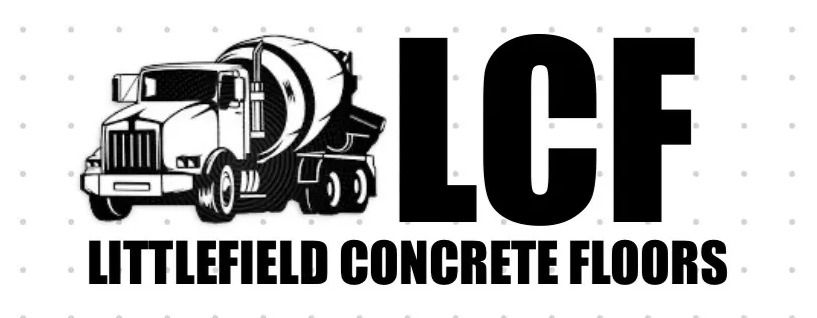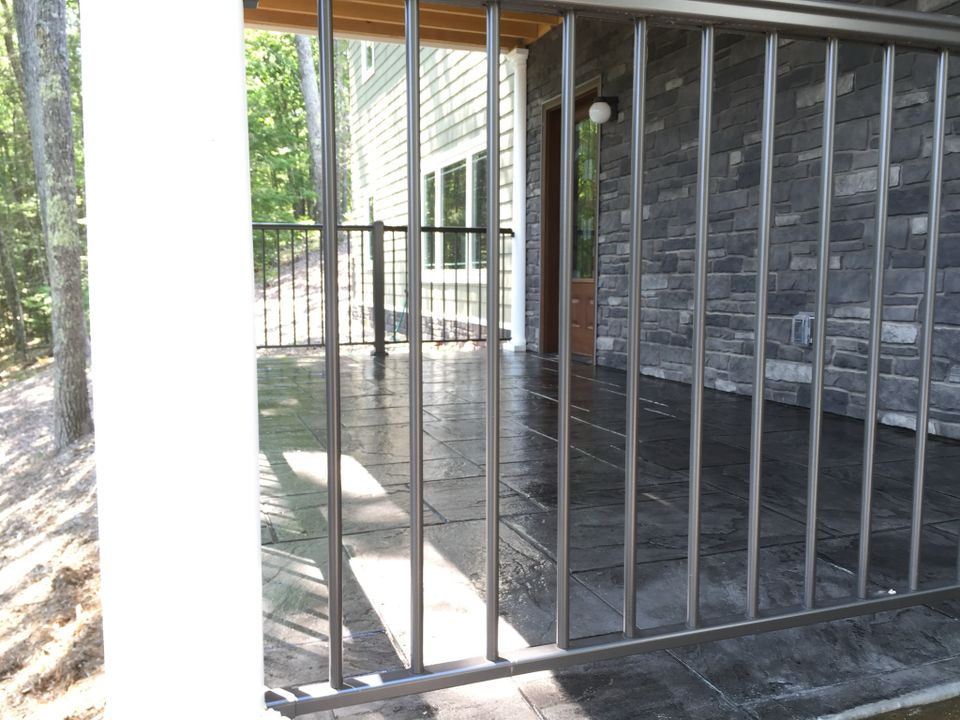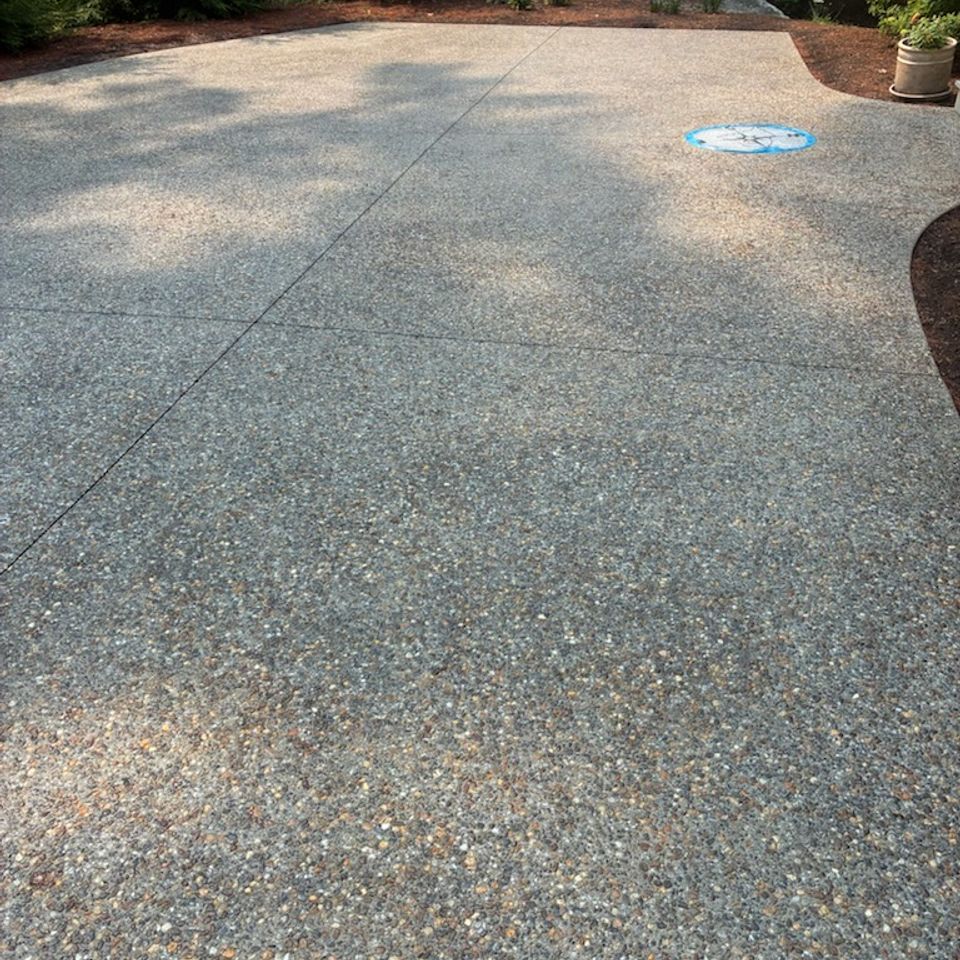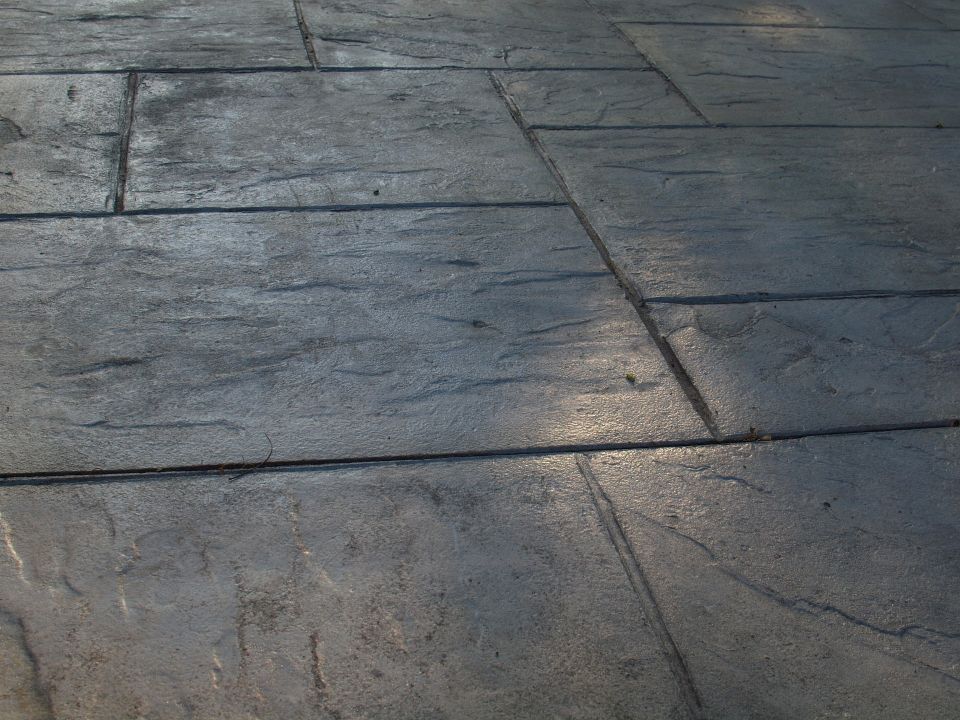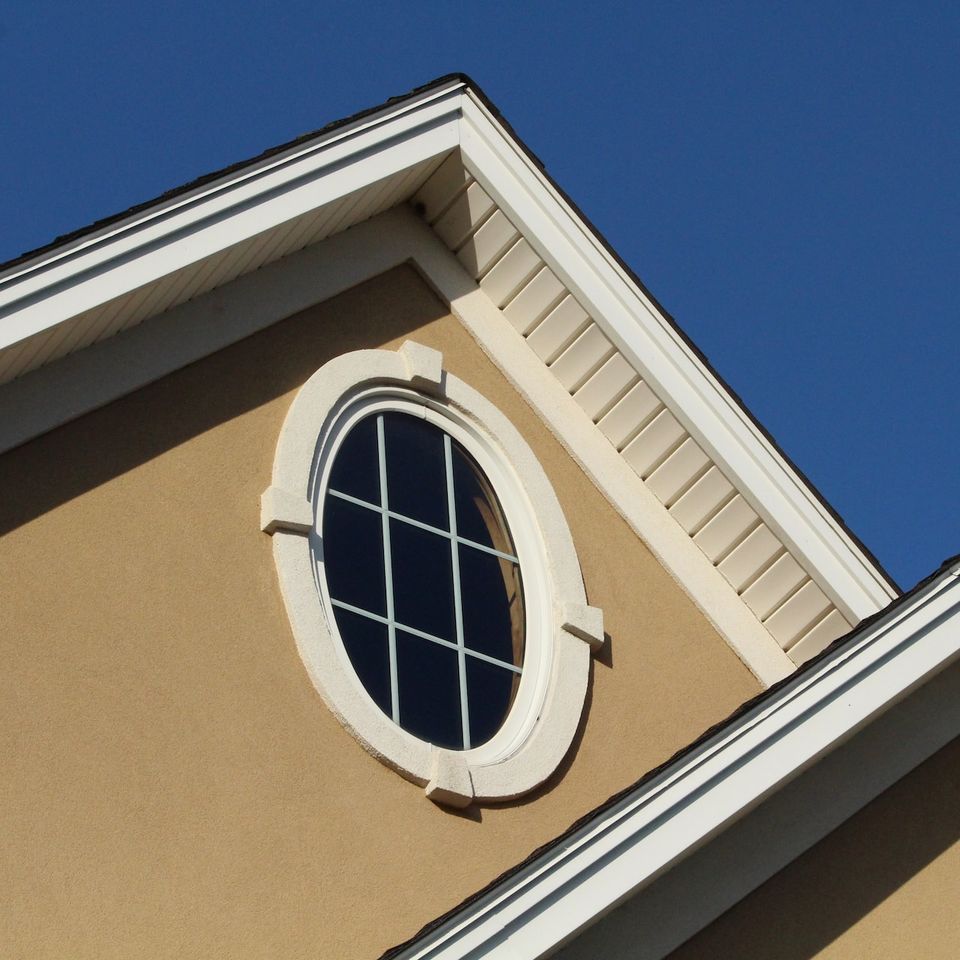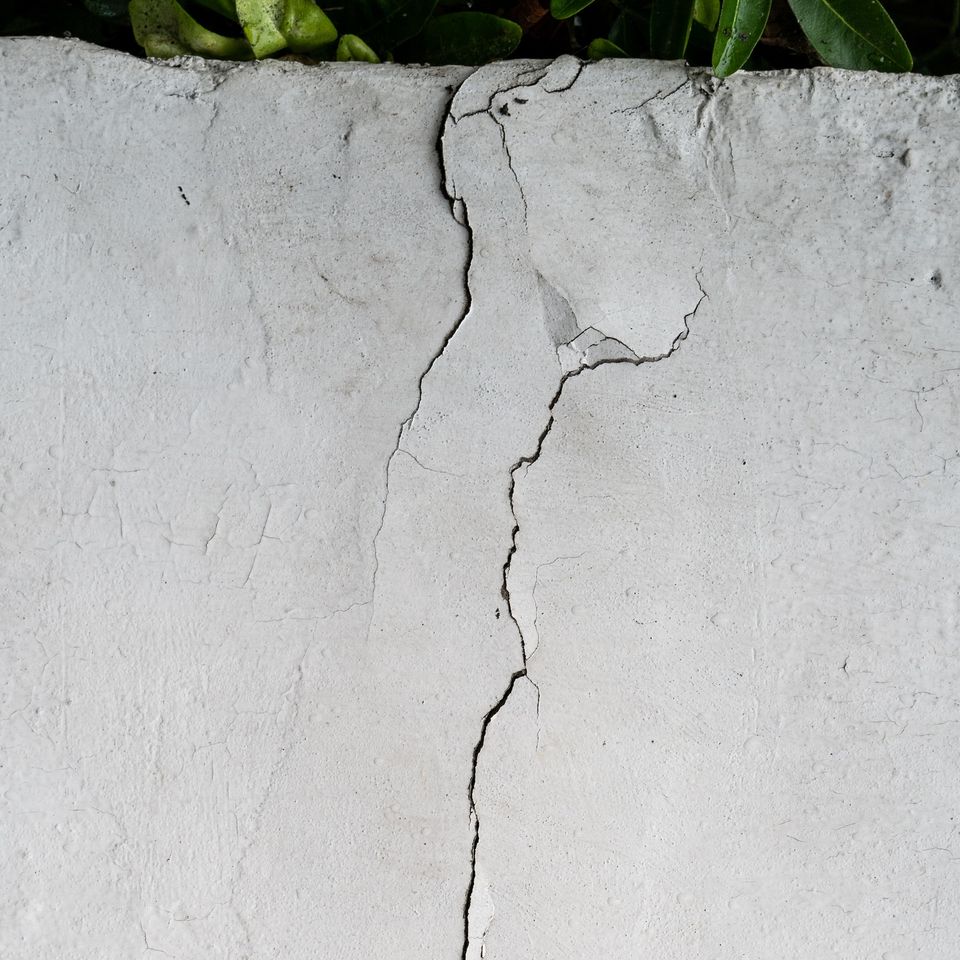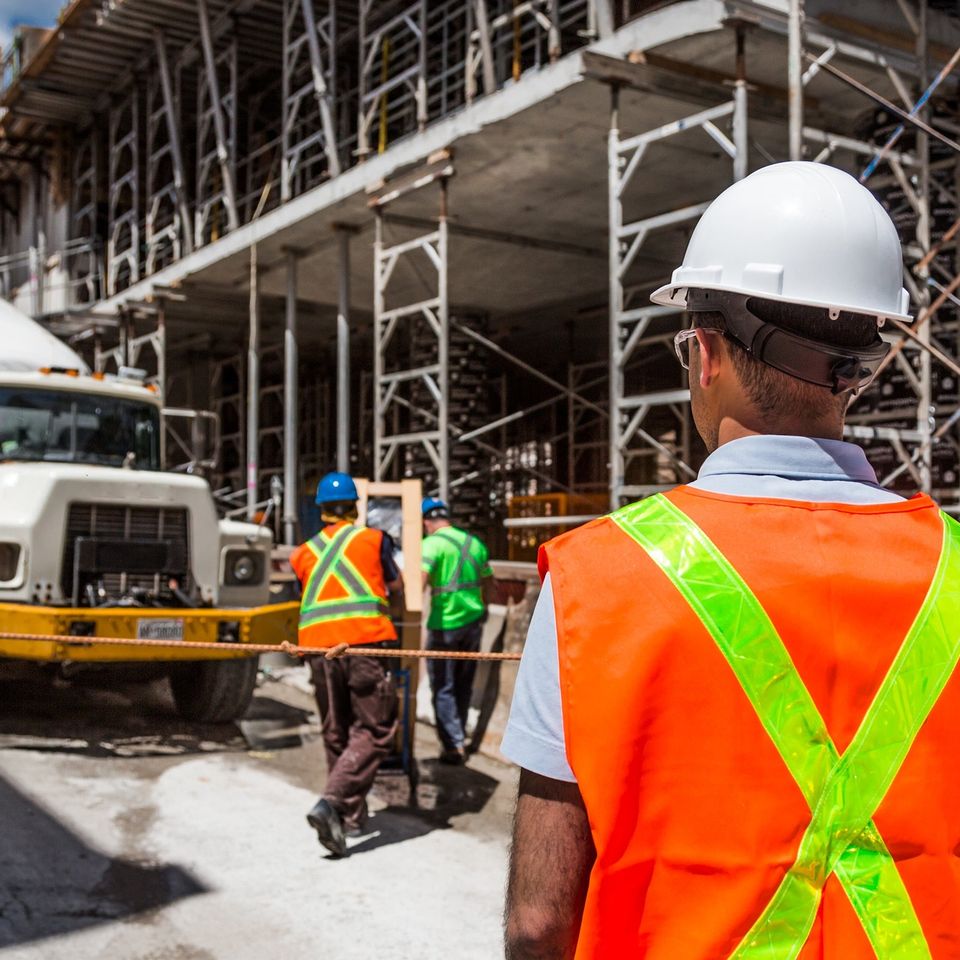
CONCRETE FLOORS
Creating concrete floors begins with careful site preparation and planning. The area must be leveled, compacted, and framed to ensure proper support and drainage. A gravel base is often laid to promote stability, followed by the installation of reinforcement—typically wire mesh or rebar—to strengthen the slab and prevent cracking over time. Once the groundwork is complete, the concrete is poured and spread evenly across the surface.
As the concrete sets, skilled finishers use tools like screeds, floats, and trowels to smooth and shape the surface. Depending on the desired finish, techniques such as brooming, polishing, or stamping may be applied to achieve texture, sheen, or decorative patterns. Timing is critical during this phase, as the material transitions from wet to workable to hardened. Proper curing—usually over several days—is essential to ensure durability and minimize shrinkage or surface flaws.
Once cured, concrete floors offer a strong, low-maintenance solution suitable for garages, basements, commercial spaces, and even modern interiors. They can be sealed for added protection or stained to enhance visual appeal. With the right preparation and finishing, concrete floors combine functionality with aesthetic versatility, making them a smart choice for long-term performance and design flexibility
